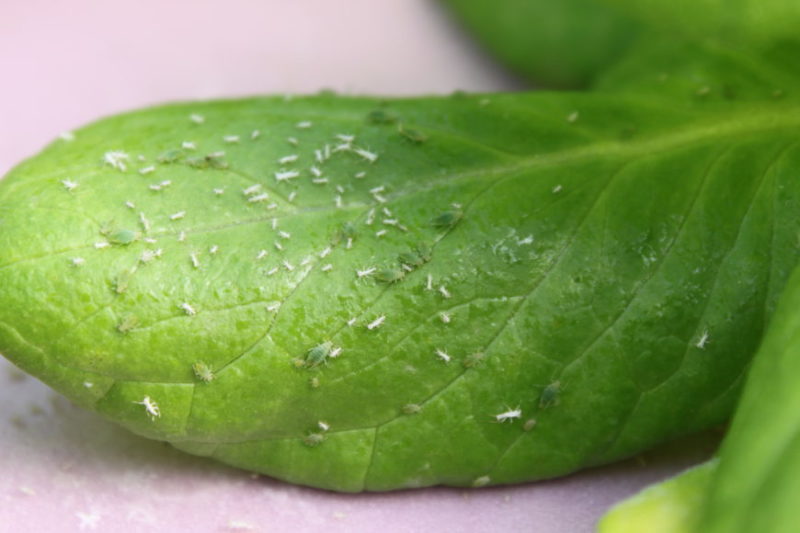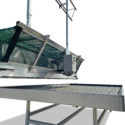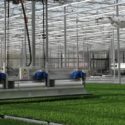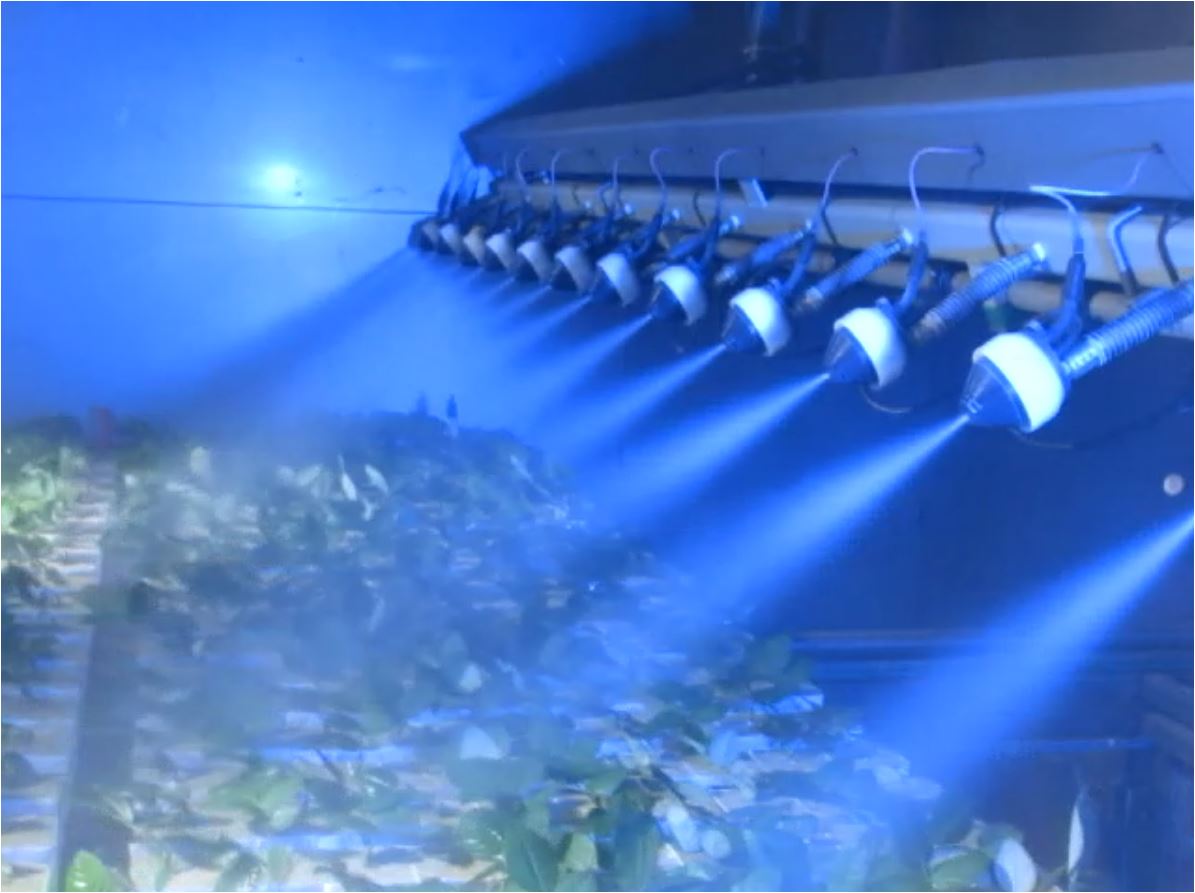There may be a time when you want to combine and apply two or more pesticides plus fertilizer for either convenience, to save money, or to reduce equipment wear. When you do combine ingredients you are creating what is known as a tank mix. Tanks mixes can consist of a fungicide and an insecticide to control both a fungus and insects at the same time. Sometimes you may want to mix a pesticide with fertilizer, or mix two herbicides together to increase weed control. Tank mixes save time, labor, money, equipment wear, and crop damage. However if you mix with Improper combinations you can cause phytotoxicity to crops or ornamental plants, damage equipment and in the long run spend more money.

When choosing to tank-mix various chemicals, the applicator should always be aware of which pesticides can and can’t be mixed. You can find this information on the label in what is called a pesticide label compatibility chart. So read the label after all it is the law! However, unless expressly prohibited by a pesticide’s label, mixing is legal.
There may be times when you want to mix more than two active ingredients or confirm that two different inert ingredients such as emulsifiers and wetting agents will mix properly. If this is the case you must take precautions as pesticide label compatibility charts usually refer to only two pesticide active ingredients. So how do you know if the pesticide formulations you want to mix are compatible or not?
Pesticides Compatibility Testing
When pesticides don’t mix together properly or will not form a uniform solution the formulations you have combined are considered incompatible. Incompatible solutions will end up with flakes, crystals, oily clumps or noticeable separation. Another symptom of incompatible solutions will be heat generating from the mixture. When a solution is incompatible it will clog nozzle heads, limit distribution uniformity of the active ingredient, costing you valuable time and money. Impurities in your spray tank, the order in which you mixed the pesticides, the types of formulations being mixed water temperature, and the amount of time the mixture has sat in the tank are reasons for incompatibility to occur.
The 2-Jar Test for Compatibility
A sure way to insure the formulations you are mixing are compatible is to use a standard 2-jar compatibility test. By using two jars for mixing various pesticides and fertilizers, you can determine compatibility before you tank mix. When performing compatibility tests, remember you must wear the personal protective equipment listed on the most restrictive label.
1. Measure 1 pint of carrier (water or liquid fertilizer) to each of 2 quart jars.
2. Add ¼ teaspoon of compatibility agent to one jar, but not the second jar (equivalent to 2 pints per 100 gallons of spray solution). Compatibility agents are adjuvants used to reduce incompatibility (lack of mixing) of pesticides or pesticide and liquid fertilizer mixtures. Types of compatibility agent products include Blendex® and Unite®.
3. Wettable powders, water dispersible granules, and dry flowables: add 1 tablespoon for each pound per 100 gallons of final spray mixture. Shake slightly to simulate agitation.
4. Water-soluable concentrates, solutions, and flowables add 1 teaspoon for each pint per 100 gallons of final spray mixture. Shake slightly to simulate agitation.
5. Emulsifiable concentrates: add 1 teaspoon for each pint per 100 gallons of final spray mix. Shake slightly to simulate agitation.
6. Soluble powders: add 1 teaspoon for each pint per 100 gallons of final spray mix. Shake slightly to simulate agitation.
7. Remaining adjuvants: add 1 teaspoon for each pint per 100 gallons of final spray mixture. Shake slightly to simulate agitation.
8. After 15 minutes of letting the jars stand, feel the sides of the jars to check for heat emission. If so, a chemical reaction may be occurring, indicating incompatibility. Let the mixture stand another 15 minutes and check again for heat.
9. After standing for 30 minutes, compare the component of the 2 jars and decide:
a. Jar with no compatibility agent has dispersed ingredients with no flaking, layer separation, formation of gels, etc., then the mixture is compatible and no compatibility agent is necessary.
b. Compare with jar that contains compatibility agent.
c. If the components are not dispersed in either jar, the pesticide-carrier mixture is not compatible and should not be used.






